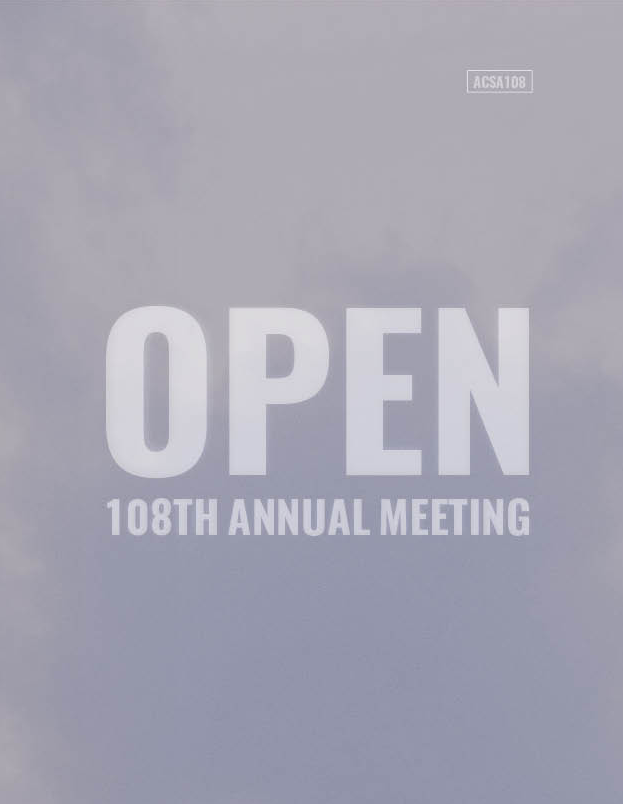Author(s): Sarah Young, Michael McClure & Ursula Emery McClure
In the modern era, most buildings in southern Louisiana’s wet, hot, humid, and often volatile climate seek to resist the extreme conditions by creating a presumed impenetrable barrier. Since the advent of HVAC, levees, dams, and surge barriers, a construction culture of resistance has permeated the built environment. This has proven less than resilient and has resulted in billions of dollars in remediation and billions more tons of construction debris. Historically, buildings in this subtropical area were forced to employ every manner of passive systems to mediate their physical environment to the greatest extent possible. The GATOR house resists the false choices of historical vs. modern, man vs. nature, active vs. passive, and celebrates the complex interaction of the built, natural, and cultural systems of southern Louisiana. Geography is the description of how the signs of history have become forms, therefore the architectural project is charged with the task of revealing the essence of the geo-environmental context through the transformation of form. The environment is therefore not a system in which to dissolve architecture. On the contrary, it is the most important material from which to develop the project. – Vittorio Gregotti 1
https://doi.org/10.35483/ACSA.AM.108.43
Volume Editors
ISBN
978-1-944214-26-5

 Study Architecture
Study Architecture  ProPEL
ProPEL 
